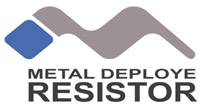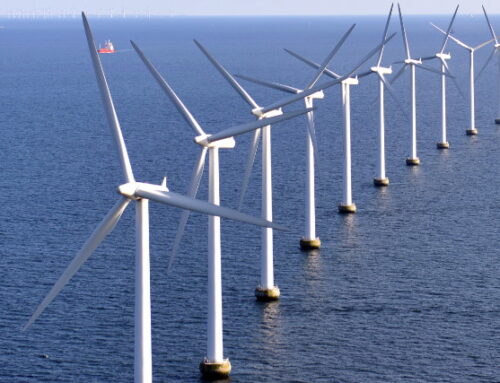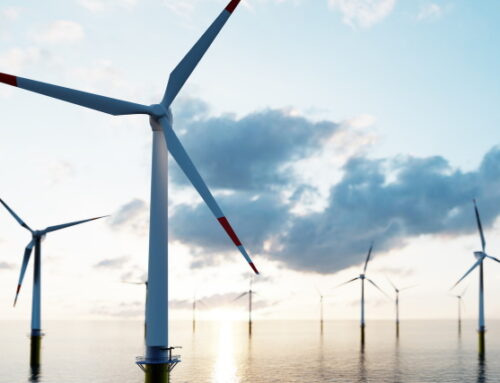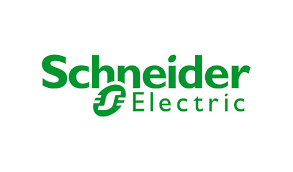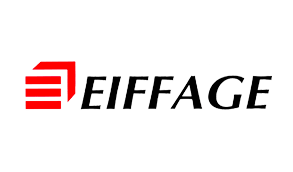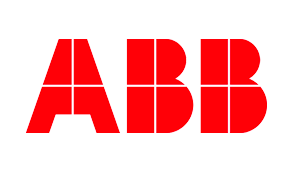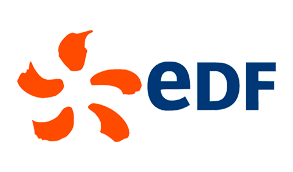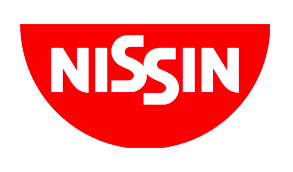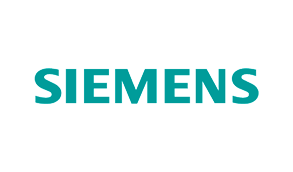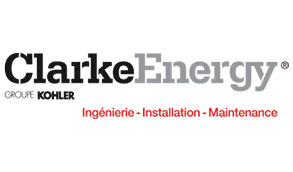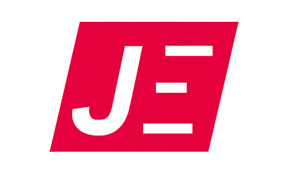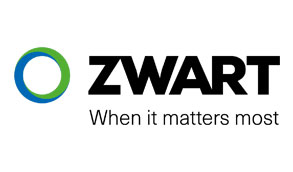
PRESENTATION
The Gridex N ( natural convection ) and Gridex F ( forced ventilation ) use grids of expanded metal as resistiveelements . These grids include a deployed part (the resistive ) and two solid bands (one at each end) for mounting and connection .
DESIGN OF THE ELEMENTS
MESH TYPE
There are two types of basic mesh :
Open mesh : for the weakest ohmic values
Closed mesh : for high ohmic values
Resistant elements :
two basic products: plane elements or C elements. The choice of element type is based on the value of resistance , the energy to dissipate and mechanical rigidity.
Assembly of resistive elements :
the resistive elements are stacked on the stainless-steel threaded rods , the connection between elements is done by spot-welding each point.
Insulation :
insulation between resistive elements themselves and the rods is ensured either by ceramics for standard uses, or by tubes and washers in mica when the resistance is subjected to strong vibrations ( railway traction resistor ).
Heat dissipation :
the expanded metal resistiveelements of offer an optimal surface fordissipation either by natural convection , or by forced convection .
Resistance precision :
the geometry of resistive expanded metal elements and the variety of meshes allow us to obtainresistive elements with great precision in ohmic value.
Flexibility : the use of expanded metal elements allows in most cases to adapt to restricted spaces and optimize weight.

USES
- Dynamic braking ( forced ventilation or natural )
- Connection to earth for high tension
- Harmonics filtering of strong power
- Loadbanks
- Drying
ALLOYS
The different types of alloy used are:
Ferritic steel – AISI 304 – 18/10 stainless steel – Refractory steel – Cupro-Nickel Alloy – Aluchrome
